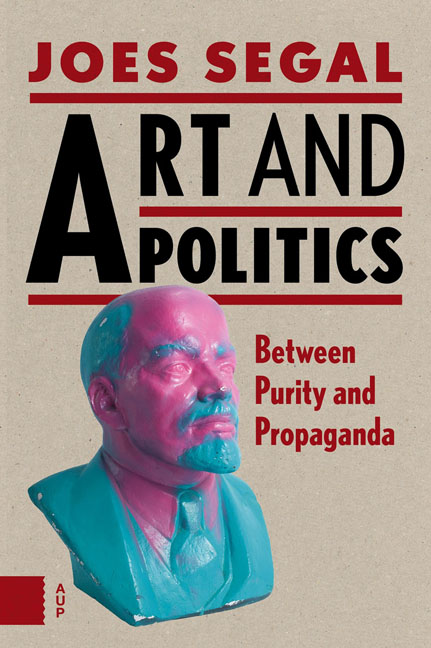Book contents
- Frontmatter
- Contents
- Introduction
- 1 Positive and Negative Integration: The First World War in France and Germany
- 2 Between Nationalism and Communism: Diego Rivera and Mexican Muralism
- 3 National and Degenerate Art: The Third Reich
- 4 Internal and External Enemies: The Cold War
- 5 From Maoism to Capitalist Communism: The People’s Republic of China
- 6 The In-Between Space: Kara Walker’s Shadow Murals
- 7 A Heavy Heritage: Monuments in the former Soviet Bloc
- Conclusion
- Notes
- Bibliography
- Index of names
4 - Internal and External Enemies: The Cold War
Published online by Cambridge University Press: 16 February 2021
- Frontmatter
- Contents
- Introduction
- 1 Positive and Negative Integration: The First World War in France and Germany
- 2 Between Nationalism and Communism: Diego Rivera and Mexican Muralism
- 3 National and Degenerate Art: The Third Reich
- 4 Internal and External Enemies: The Cold War
- 5 From Maoism to Capitalist Communism: The People’s Republic of China
- 6 The In-Between Space: Kara Walker’s Shadow Murals
- 7 A Heavy Heritage: Monuments in the former Soviet Bloc
- Conclusion
- Notes
- Bibliography
- Index of names
Summary
The Cold War was a struggle between two great powers that wanted to mold the world according to their principles. Although a direct military confrontation was avoided, both camps were heavily engaged in a symbolic competition. Accomplishments in the fields of production and consumption, social security, technology, scientific discoveries, sports and culture were celebrated as proof of ideological superiority. The visual arts were part of this rivalry, and they caused a lot of confusion.
At first, the artistic borders between East and West were as rigorously defined as in the Third Reich. Socialist Realism, aimed at convincing the viewer of the blessings of Socialism and the eternal wisdom of the communist party, defined the visual culture of the Soviet Union and its satellite states, beginning during Stalin's times. In the 1950s, modernism became the dominant art form in the West, mostly defined in strictly aesthetic, non-political terms. Paradoxically, this ‘pure’ art was confronted with the propagandistic realism of both the Eastern bloc and the Third Reich as a sign of political freedom in the Western world. On the other hand, precisely the lack of recognizable political and social engagement in modern art became a target for communist critics, who rejected this art as nothing but noncommittal decoration, a typical expression of a bourgeois-decadent society.
Nonetheless, once again, reality was less straightforward than it might seem. During the years directly following the October Revolution, modern art was very successful in communist Russia, while in the United States it did not make much headway until the 1930s. Moreover, the officially sanctioned campaign against modern art after 1945 did not hinder the Soviet authorities from publicly honoring communist modern artists from Western Europe, such as Pablo Picasso, Fernand Léger and Renato Guttuso, at international conferences and festivals organized by the Soviet bloc. In the United States, on the other hand, modern art was hotly contested among those who honored it as a symbol of American freedom and those who fought it as an anti-American cultural conspiracy.
How did the canonization of Socialist Realism in the Soviet Union and of modern art in the United States come about?
- Type
- Chapter
- Information
- Art and PoliticsBetween Purity and Propaganda, pp. 61 - 78Publisher: Amsterdam University PressPrint publication year: 2016



